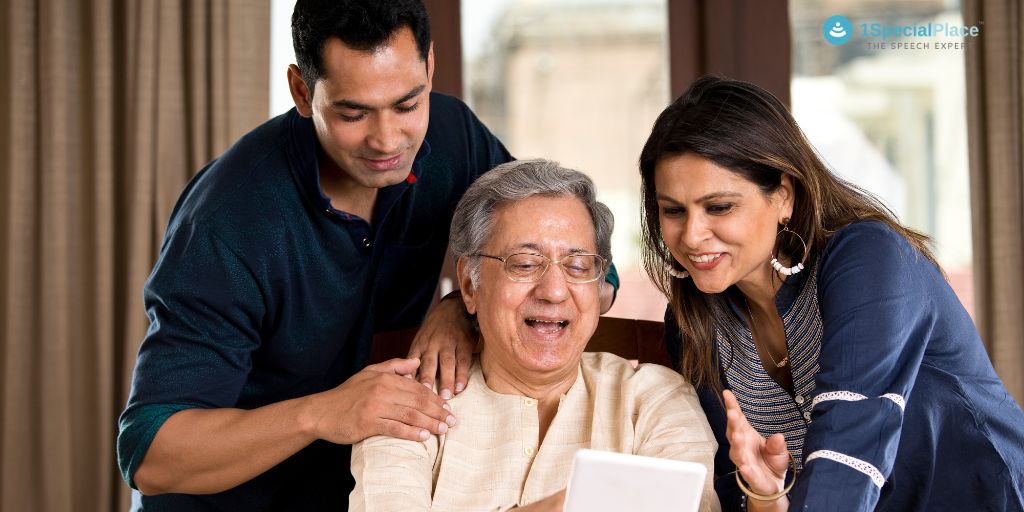
Oral-Motor Exercises for Adults
Oral-Motor Exercises for Adults
Oral motor skills refer to the appropriate functioning and use of the facial muscles (lips, jaw, tongue, cheeks, and palate) for verbal communication and swallowing. Adequate oral-motor skills in all persons are important for verbal communication and safe swallowing of food. Normal oral-motor development begins during the fetal stage and continues to develop with age. A neurotypical adult should safely consume liquids and solids orally and be able to use verbal language for communication.
Deviant or inadequate oral-motor skills may lead to swallowing difficulties. Some adults diagnosed with Dysphagia, Dysarthria, and other neurological conditions present with inadequate functioning of oral muscles. Oral-motor exercises help to improve strength, range of movement, and coordination of the oral muscles which will facilitate better swallowing function.
What are oral motor skills?
The following lists the skills for the functioning of all facial muscles:
- Awareness
- Strength
- Co-ordination
- Movement
- Endurance
What is the goal of oral-motor exercises for adults?
The basic goal of oral-motor exercises for adults is as follows:
- Heighten awareness of oral functioning
- Normalize sensitivity to stimulation in the oral area
- Enhance normal oral muscle movements by inhibiting abnormal reflexes
- Improve strength and range of oral muscles
- To improve oral muscle coordination
Who needs oral-motor exercises?
These are some red flags in an adult that oral-motor skills need attention:
- Slurring of speech
- Swallowing difficulties
- The tongue hangs out of the mouth
- Drooling/ Excessive saliva secretion
- Tongue or lip deviated to one side
- Spillage of food outside the mouth while eating
- Improper clearance of food in the oral cavity prior to swallowing
- Longer meal times
- Difficulty chewing and biting
- Unable to elevate or protrude the tongue
- Choking or coughing often while eating
- Gagging while feeding
- Unable to suck, lick, chew or blow
- Preference for specific food texture/ oral sensory issues
“If any of the above-stated issues are present in the patient, it is highly recommended to first consult with a Speech-Language Therapist.”
How and when should you practice?
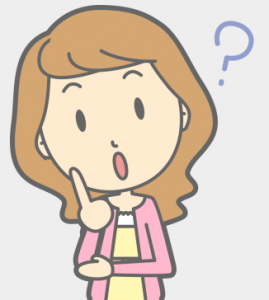 The activities listed below are easy to practice. Try to incorporate the exercises during your leisure time. It is essential for the caregiver to demonstrate and model these exercises to facilitate faster learning. You can use a mirror or a video demonstration to make it enjoyable. If an individual is unable to do a particular oral-motor exercise listed below, it’s an indication to train for that specific muscle group. These exercises can be repeated three to six times a day until the skills improve. Every person learns at his/her own pace, progress may be noted in a few days to weeks or sometimes it may also take months.
The activities listed below are easy to practice. Try to incorporate the exercises during your leisure time. It is essential for the caregiver to demonstrate and model these exercises to facilitate faster learning. You can use a mirror or a video demonstration to make it enjoyable. If an individual is unable to do a particular oral-motor exercise listed below, it’s an indication to train for that specific muscle group. These exercises can be repeated three to six times a day until the skills improve. Every person learns at his/her own pace, progress may be noted in a few days to weeks or sometimes it may also take months.
“Please keep in mind these exercises should be performed only under the recommendation and guidance of a Speech-Language Therapist or a trained healthcare professional.”
Oral-motor exercises:
Lip exercises:
- Make a smile (hold for 6 seconds), relax and repeat the same
- Make a smile then say “ooooo” , “eeeeeee”
- Lip pops, say “pop” “puh” “pe” with exaggerated pressure
- Alternating make a smile and pucker (10 times)
- Pucker your lips (hold 3-6 seconds)
- Pucker your lips and move from one side to another without moving your tongue
- Smack lips together (5 times)
- Make humming sounds “m.m.m..m” “p..p..p” “b..b…b”
- Practice “me..me..me” “pe..pe..pe” “be..be..be”
Cheek exercises:
- Blow bubbles or puff balls
- Puff both cheeks with air and hold (3-6 seconds)
- Puff one cheek at a time and hold air (3-6 seconds)
- Massage cheeks with two fingers in clockwise and anti-clockwise direction (6 times)
Jaw exercises:
- Playing tug-a-war by holding a chewy candy in between the lips and you pull it away
- Open the jaw wide and say “ooooo” (hold 3-6 seconds)
- Massage the jaw gently towards and away from the lips
- Circular, upward and downward jaw movements
- Ice chips on jaw and lips to improve sensory awareness
- Lower lip lift as in pouting and hold (3-6 seconds)
- Place a bite block and bite hard (3-6 times)
Tongue exercises:
- Lick lollipops up and down protruding the tongue outside the mouth
- Licking honey or yogurt from sides of the lips
- Hold tongue elevated (3-6 seconds)
- Hold tongue outside the mouth (3-6 seconds)
- Sweep your tongue across all of your teeth.
- Hold your tongue against your front teeth (3-6 seconds)
- Touch alternating left and right upper end teeth and hold (3-6 seconds)
- Touch tongue tip to nose
- Push and hold the tongue inside both sides of cheek (3-6 seconds)
- Fold and hold tongue tip between lips (3-6 seconds)
- Push against a ice cream stick on either side protruding the tongue (hold 6 seconds)
- Lick upper and lower lips
- Place cheerios on the tongue tip and lift and press against the palate
- Say “puh tuh kuh” repeatedly in the order
Palate exercises:
- Puff cheeks and breath through the nose while someone presses on against the cheeks
- Straw blowing
- Transfer puff balls through a straw from one bowl to another
- Blow cotton balls or bubbles in the water
- Say “ma ba” alternating
- Say “na da” alternating
Is oral-motor therapy effective?
Practicing oral-motor exercises will facilitate an individual’s ability to eat better and swallow food safely. However, not all persons may benefit from stand-alone oral-motor exercises and may need additional Speech-Language intervention.
Note: If your loved one is diagnosed with Apraxia of Speech or Speech Sound Disorder, seek Speech-Language Therapy sessions. The research into using oral motor exercises for the above-stated disorders is debatable and is an ongoing topic of research. Click here to read more!
“If you are concerned about your patient’s communication and swallowing, please contact a Speech-Language Therapist as soon as possible.”
With our exclusive Online Speech therapist and the best online speech therapy in India, receive cutting-edge treatment from the comfort of your own home. At 1SpecialPlace you have the right to be confident in your communication and to learn from the finest.
- Tele-Speech Remediation of Stuttering: A Case Study - April 22, 2023
- Voice Changes During Puberty in Teenagers - April 11, 2023
- Vital Stim Therapy for Swallowing Difficulty - April 4, 2023

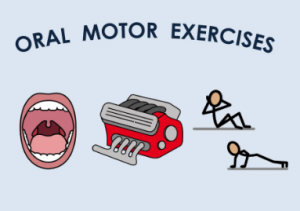
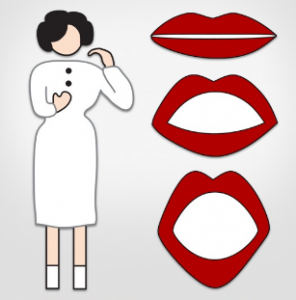
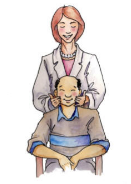

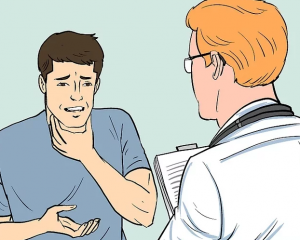
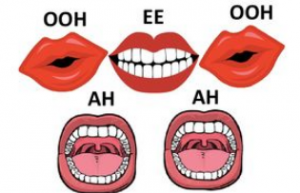

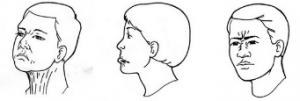
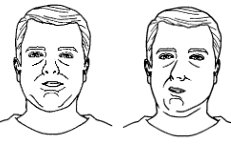
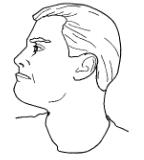
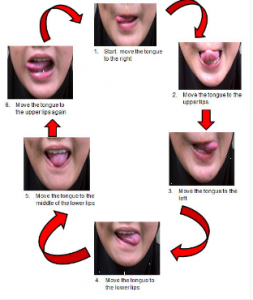

Leave a Comment
(0 Comments)